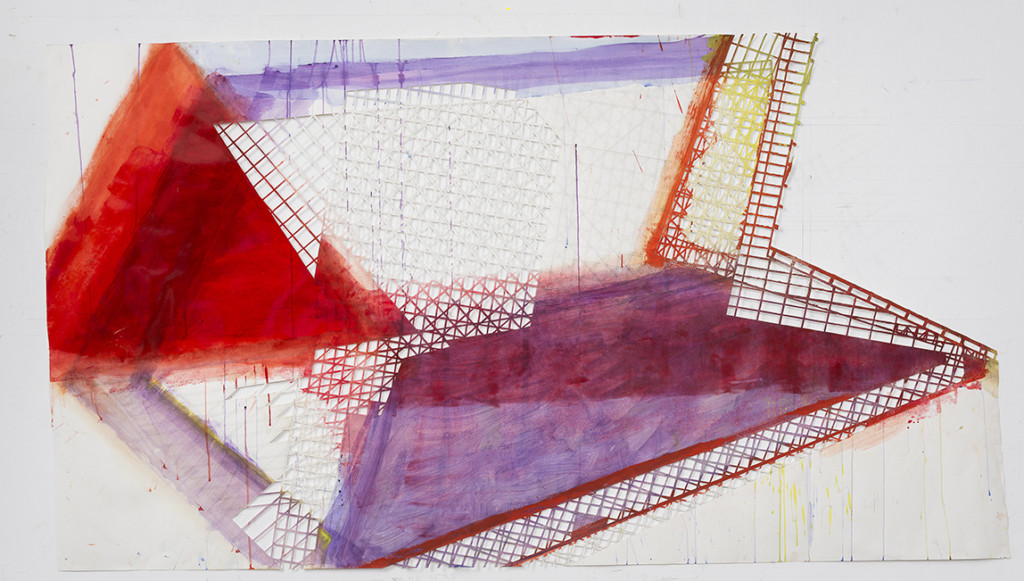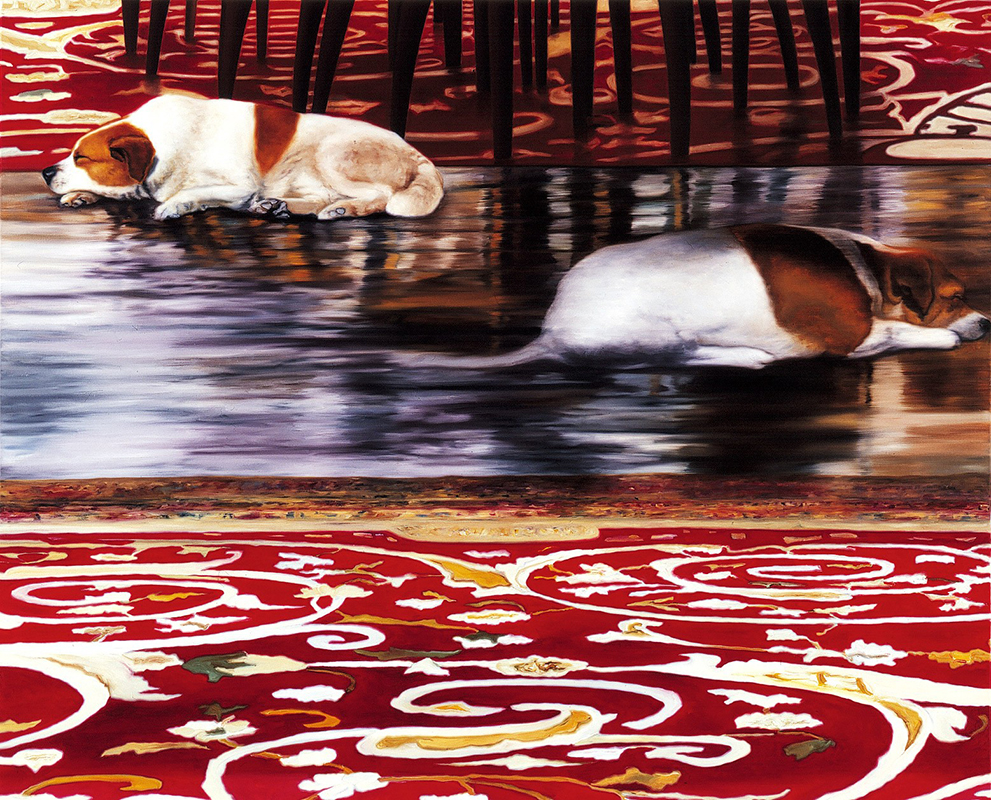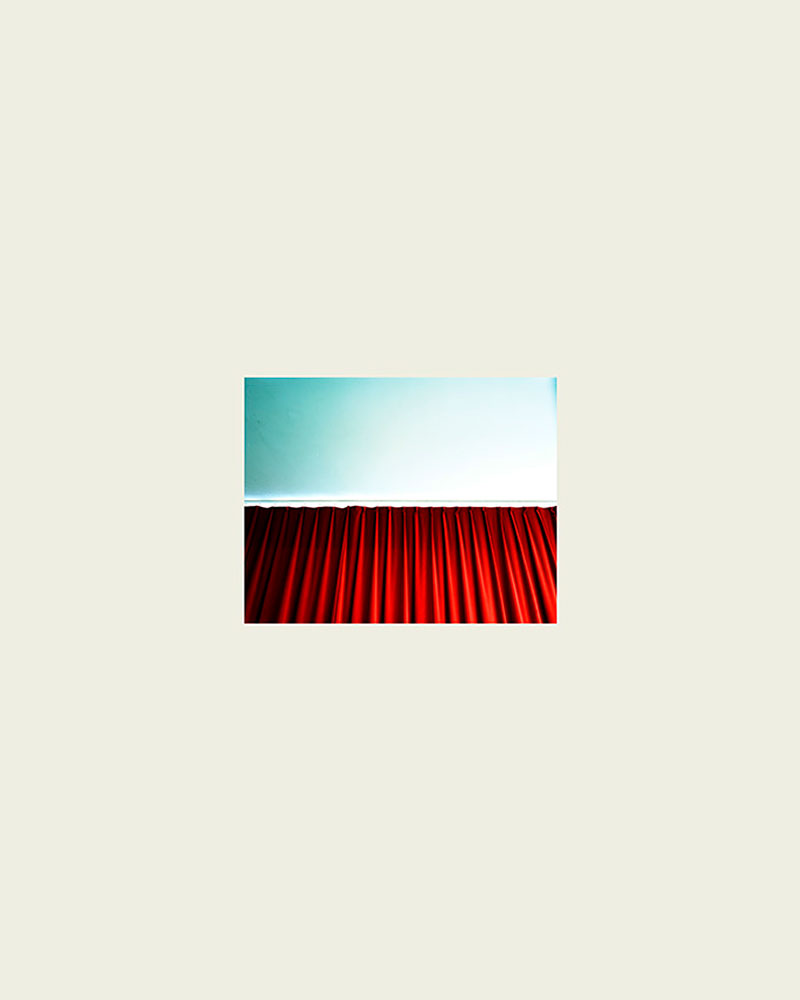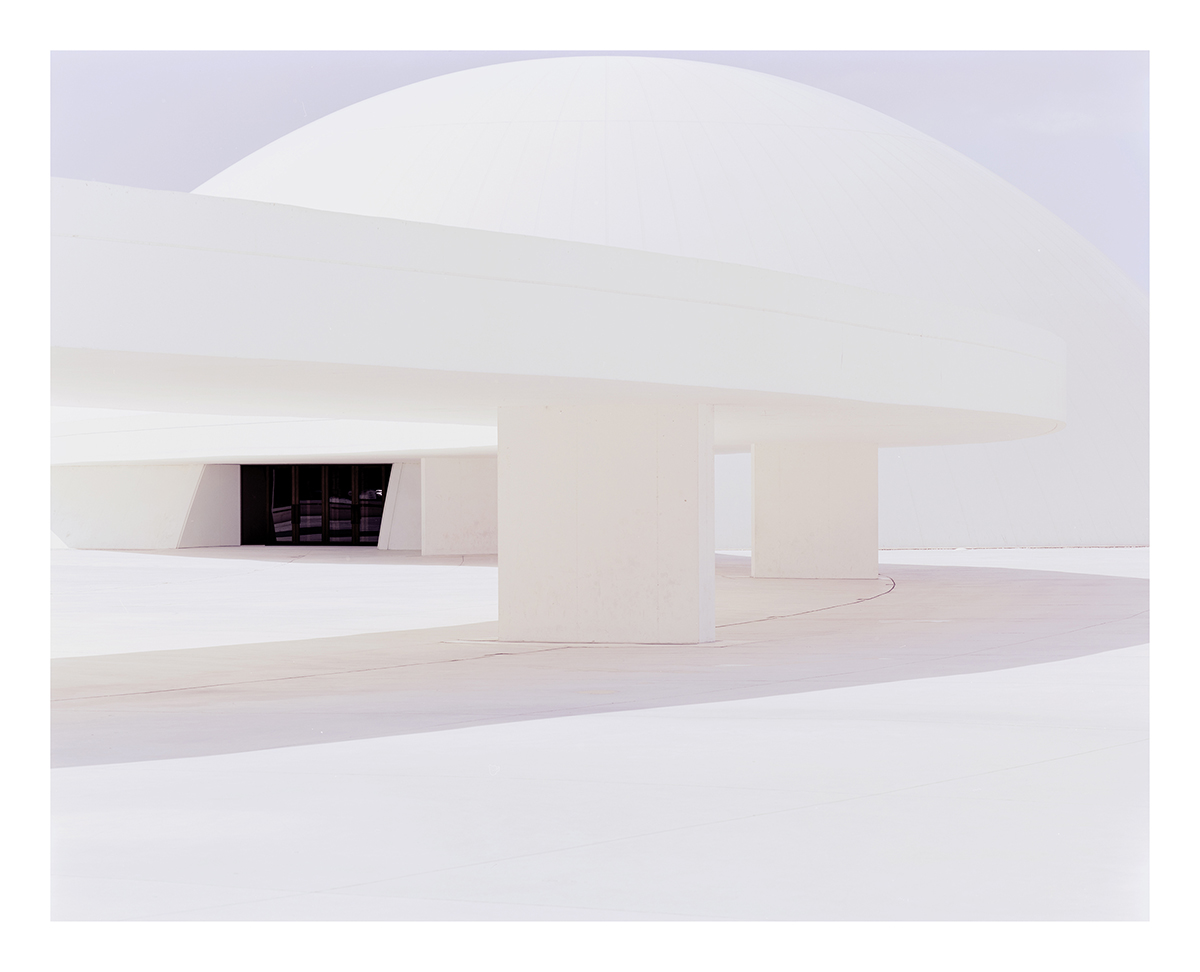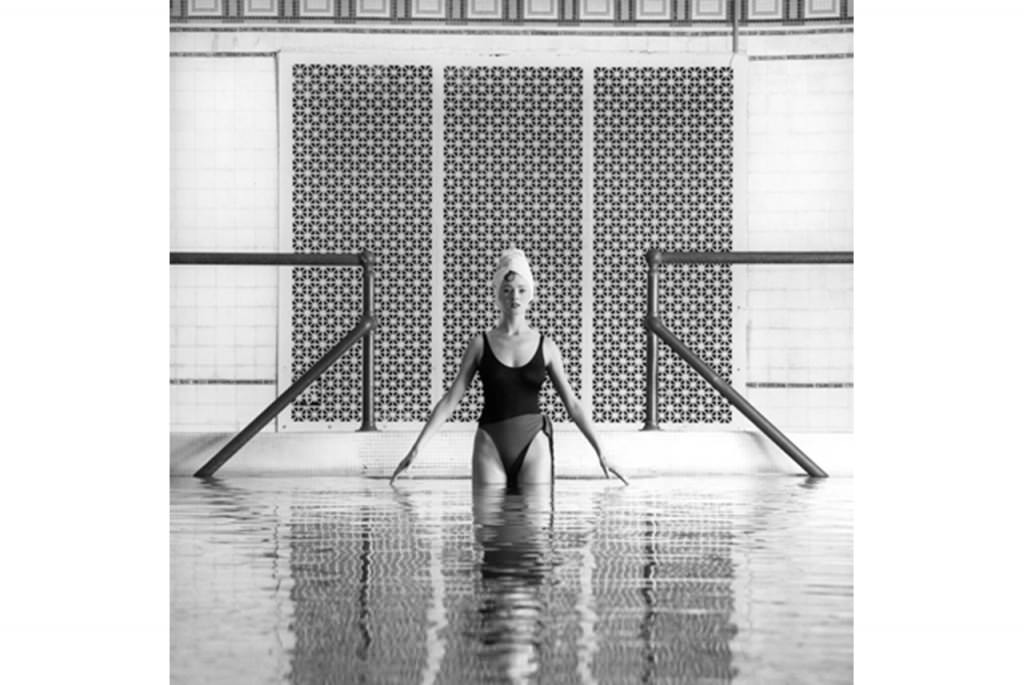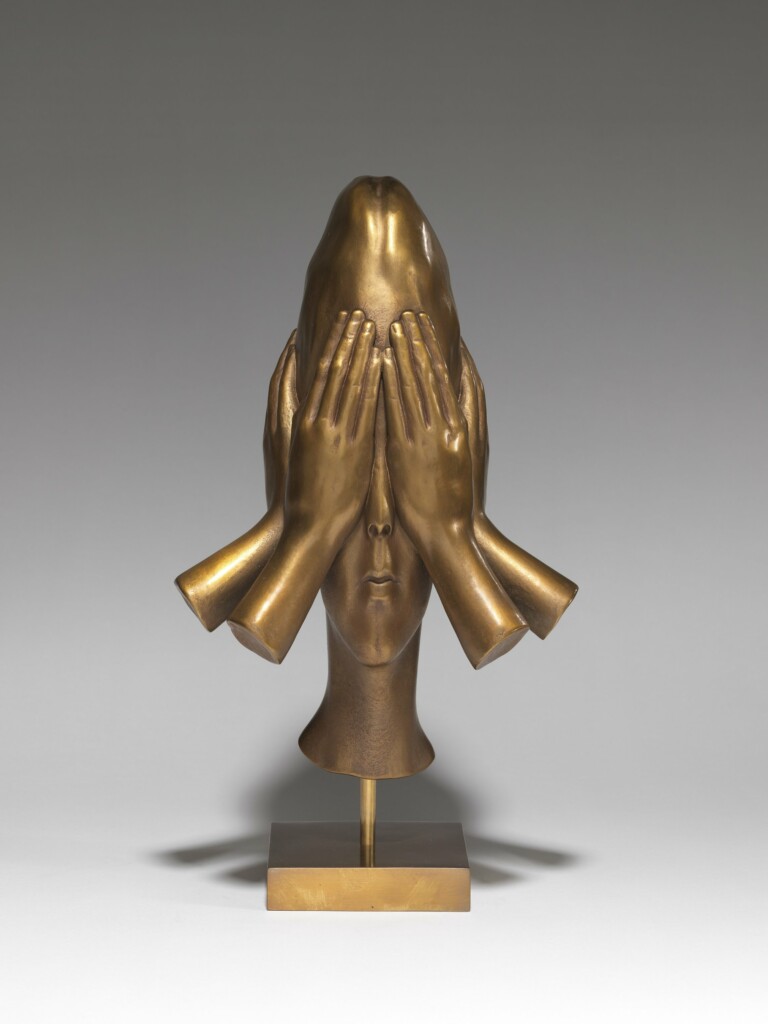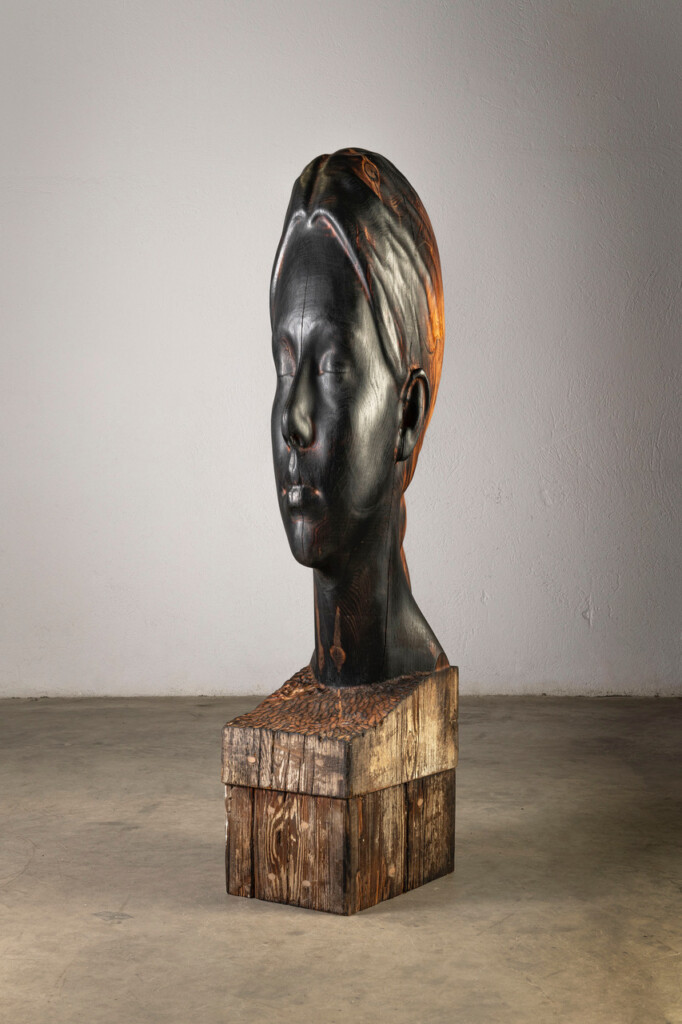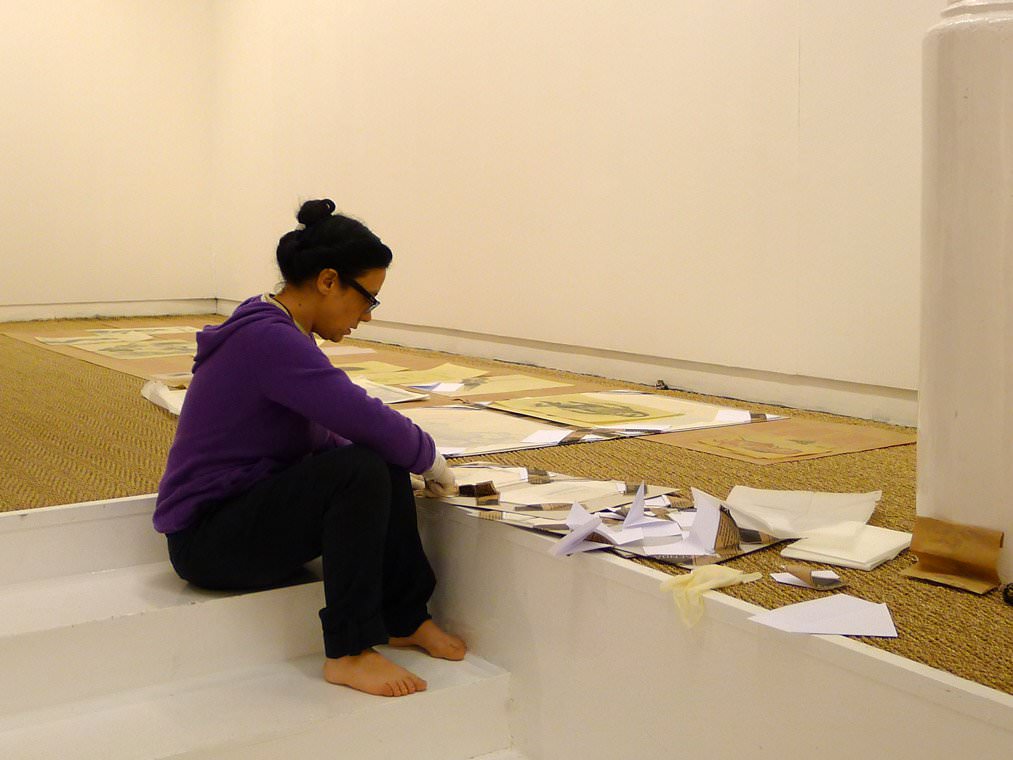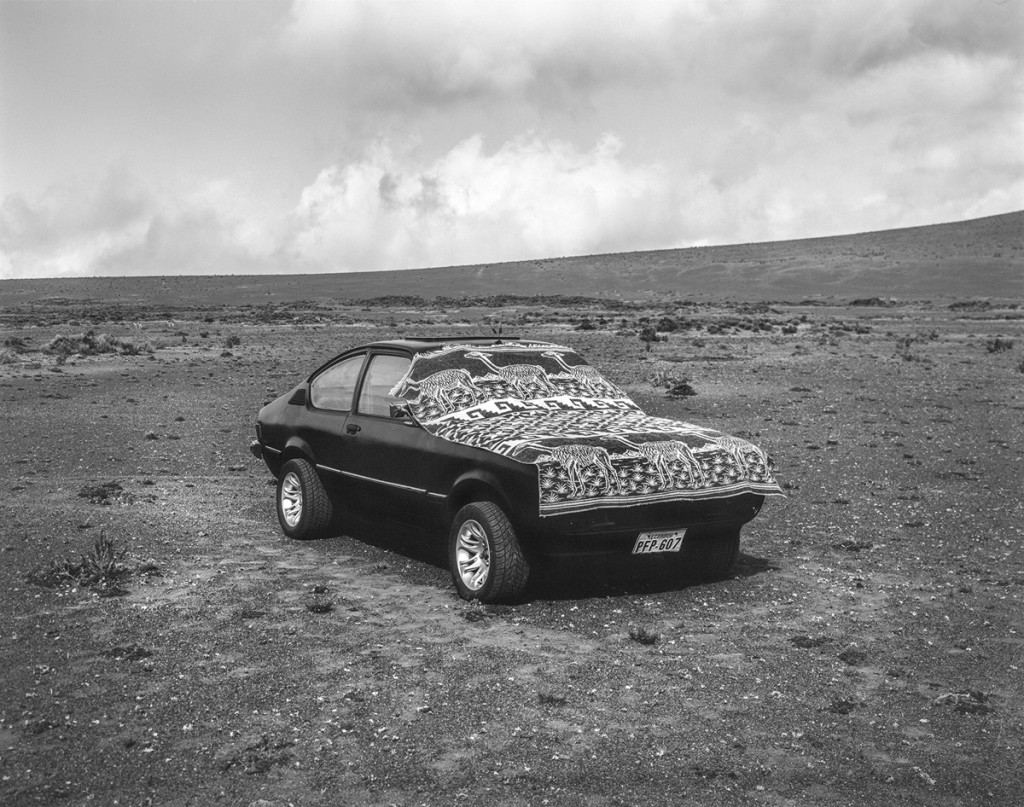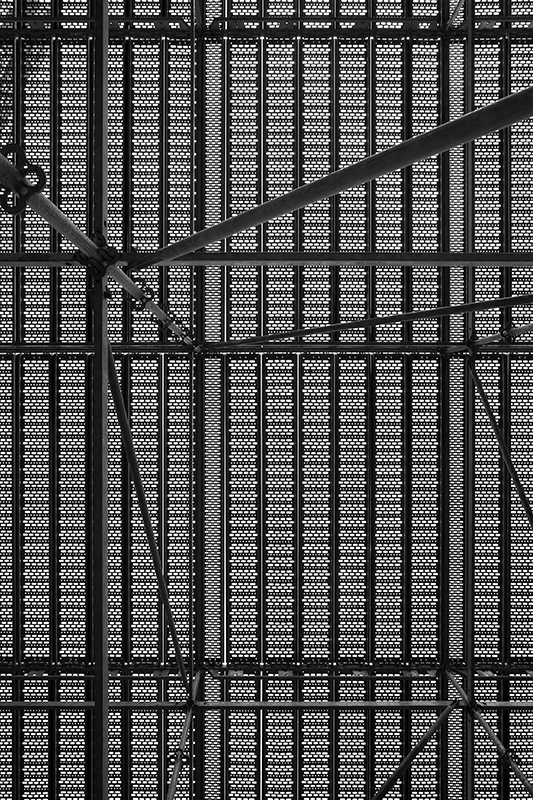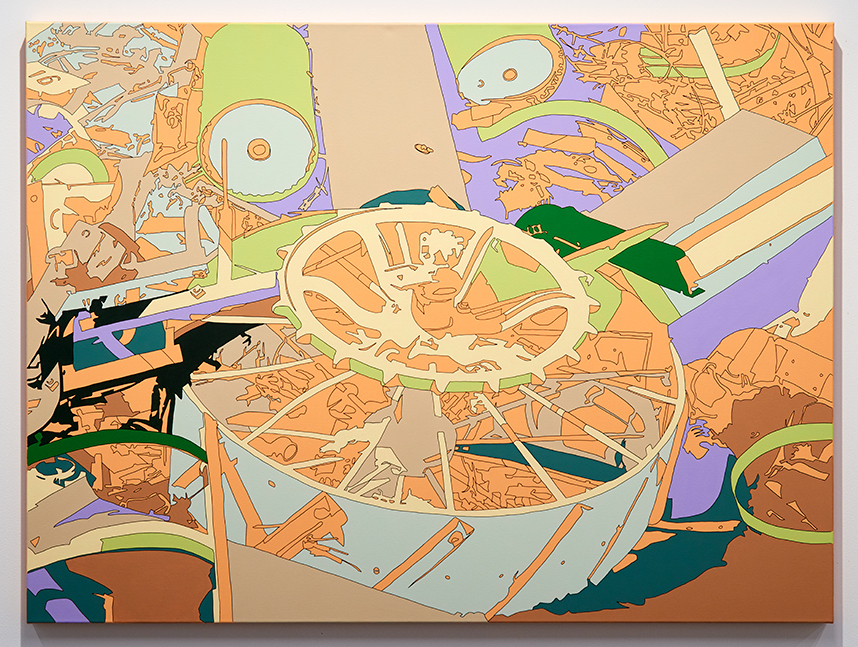- No products in the cart.
Share:
32 years ago, galeria SENDA opened its doors and dedicated the summer an exhibition that was key in the history of the gallery titled “Landscape Untitled”. In it, invited Albert Oehlen, Christopher Wool and Peter Halley – artist with whom we mantain the relation and will be exhibiting after the summer. Each of them had a room and conceived the space as a little show.
This exhibition carried a fantastic text by Luis Francisco Perez in which he said:
“The practice of painting, even that which abandons itself to a maelstrom of contemporaneity devoid of memory, obeys a will to reconstruct, a desire projected towards the conquest of an existing territory.”
Facing the arrival of summer, we recall the Olympic spirit of ’92 with the America’s Cup, which this year takes place in Barcelona and brings us back the joy of a sporting project that puts the focus on our city. Thus, in SENDA we take up again the idea of landscape, which is so typical in the history of Catalan art, and we present “Landscape Untitled 2”. In this group show in the Mezzanine of the gallery, works by Joan Fontcuberta, Robert Wilson, Gao Xingjian, Peter Halley, Anna Malagrida, Gonzalo Guzmán and Glenda León are in dialogue.
The pieces in this exhibition
Glenda León
Glenda León‘s “Contours of the World” series of marbles revisits the forms employed in previous works, such as the canvas of “The Horizons of the World” (2018) or the “Contours of the World” silkscreens. In these new sculptures, the artist cuts the marble following different shapes. From natural elements such as a tree branch, to the flight of a bee, the Ganges River or the Valdivia earthquake in Chile, the sculptures explore the interaction between nature and the human interpretation of its phenomena. Each carefully crafted piece shows León‘s skill in transforming the rigidity of marble into organic and fluid representations, giving a new life to this material.


Joan Fontcuberta
With “Paisaje de la Seguridad: Banco de España/Caja de Seguridad” (2001), Joan Fontcuberta immerses in a reflection on perception, reality, security and politics. This work is part of his series “Landscapes of Security” and is closely related to his idea that all nature has become artifice due to the influence of culture and economic and political contexts.

Robert Wilson
Robert Wilson’s works are a series on paper that reveal his creative process in the conception of the opera “Der Messiah”, as shown in the exhibition of his originals.

This sequence of four works depicts a mountain as the protagonist, highlighting the distinctive use of light in each piece. Wilson uses light not only as a visual element, but as a narrative medium that transforms the perception of the landscape in each work. Through subtle and dramatic variations in lighting, each work captures a unique moment, suggesting the temporal and atmospheric evolution of the mountain, and which relates directly to his set design of “Der Messiah”.

Gao Xingjian
Gao Xingjian, known as much for his literary work as for his visual art, presents in “Cité fantastique” (2011) an interpretation of the landscape that plays with abstraction and suggestion. The painting, with its monochromatic tones and fluid strokes, evokes a sense of mystery and contemplation.

Peter Halley
We also find a unique work on paper by Peter Halley. “Cell 8” uses graphite and creates a texture and tone that differs significantly from his usual use of color, but maintains his interest in systems and connections. This drawing shows a study of space and confinement, recurring themes in Halley‘s work, where he often explores the architecture of the urban environment, understanding it as landscape, and the interaction between personal and social space.

Anna Malagrida
The photograph “Refuge 8” (2006) by Anna Malagrida is part of a series of photographs of shelters in the Jordanian desert. These basic and precarious constructions are the simplest expression of the form represented by the notion of refuge, roof, or protection. The photographic vision transforms these anonymous constructions into desert sculptures. This series of photographs of shelters in the Jordanian desert, which captures the simplest essence of protection and refuge, dialogues with the various interpretations of the landscape presented in the exhibition “Landscape Untitled 2,” transforming these anonymous constructions into desert sculptures that resonate with history and human nature.

Gonzalo Guzmán
Finally, Gonzalo Guzmán‘s two sculptures induce us to reflect on how art relates to its context. The ability of the sculptures to reflect the accompanying landscape highlights how context influences the perception of the artwork. This dynamic interaction between the work and its surroundings invites viewers to consider how context modifies our experience and understanding of art and the world.

Thus, “Landscape Untitled 2” is a journey through different interpretations of landscape, from the tangible and physical to the imaginary and sensory.










